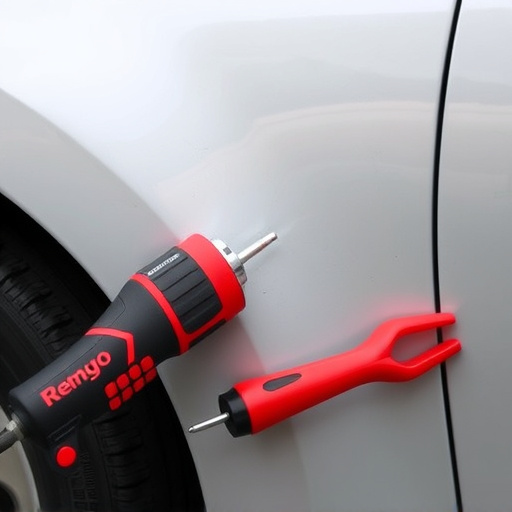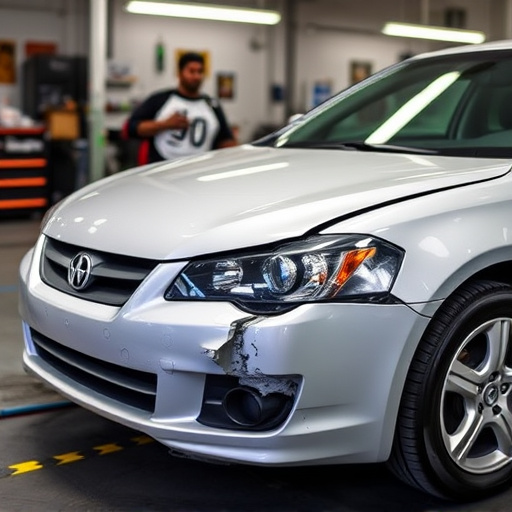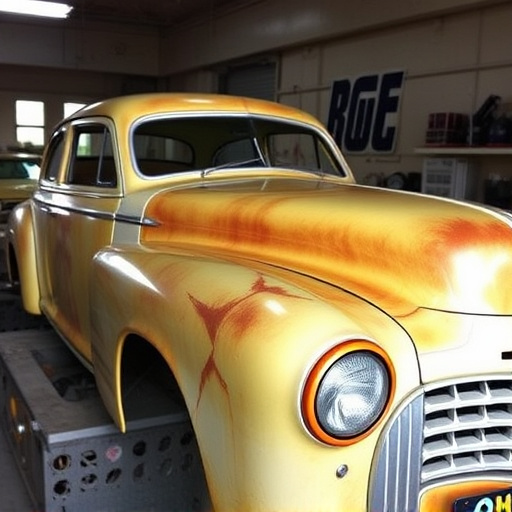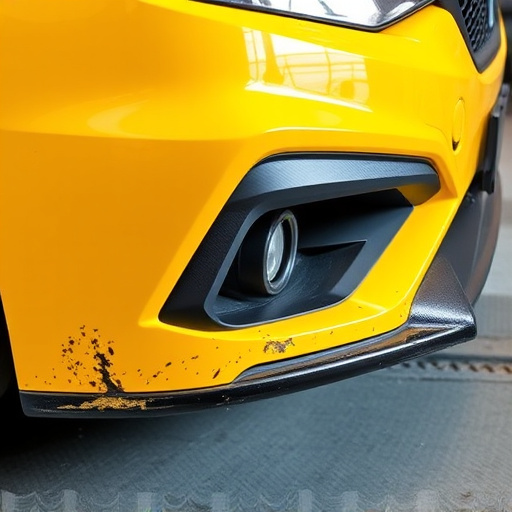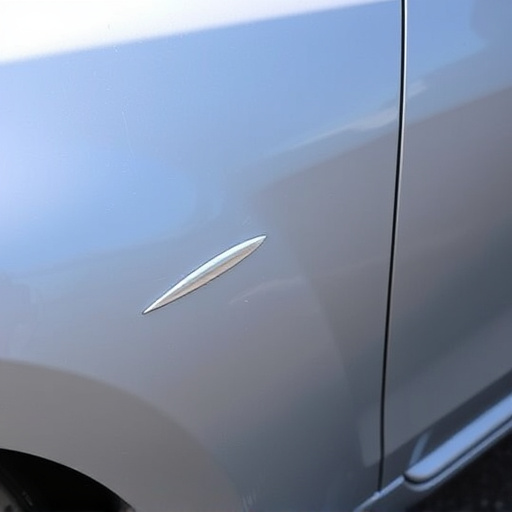Environmental factors like temperature extremes, humidity, and air quality significantly impact interior trim repair collision processes. Extreme conditions can weaken materials, cause stains, mould, and wood rot. Auto body shops must use climate-resistant materials, specialized tools, and eco-friendly products to overcome these challenges, ensuring efficient and sustainable restoration of vehicle interiors to pre-accident condition.
Environmental factors play a significant role in the complexity and efficiency of interior trim repair collisions. In this article, we explore how varying climates and conditions impact the process, from material degradation to moisture absorption. Understanding these effects is crucial for professionals aiming to mitigate challenges and ensure optimal restoration outcomes. By examining specific environmental influences, we provide insights into strategies that enhance the effectiveness of interior trim repair, ensuring long-lasting results in diverse settings.
- Understanding Environmental Impacts on Interior Trim
- The Role of Climate in Collision Repair Processes
- Mitigating Effects for Efficient Interior Trim Restoration
Understanding Environmental Impacts on Interior Trim
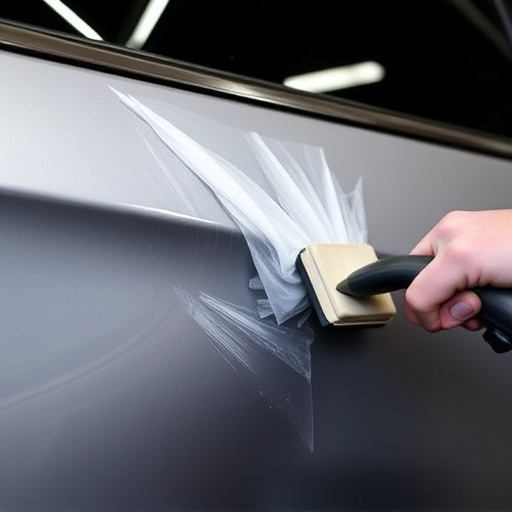
Environmental factors play a significant role in the deterioration and damage to interior trim in vehicles, particularly when it comes to collision repairs. From temperature extremes to exposure to harmful substances, these external influences can impact the condition and longevity of interior materials. For instance, extreme heat from sunlights or overheated seats can cause synthetic fabrics to weaken and lose their elasticity over time, making them more susceptible to tearing during a collision. Similarly, cold temperatures can result in shrinkage or cracking of plastic components, affecting their structural integrity.
Moreover, the air quality in an environment can impact both classic car restoration and luxury vehicle repair processes. Pollutants and allergens present in outdoor air can infiltrate interior spaces, leading to staining, odour issues, and even damage to sensitive materials used in high-end vehicles. Moisture content in the atmosphere is another critical factor; excessive humidity can encourage mould growth, corrosion, and wood rot, all of which can complicate interior trim repair collision processes. Understanding these environmental impacts is crucial for professionals in the vehicle repair sector, as it allows them to employ appropriate preservation methods and ensure the longevity of restored or repaired interiors.
The Role of Climate in Collision Repair Processes
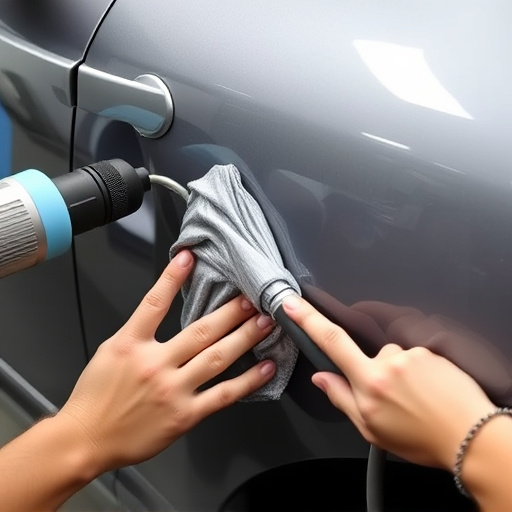
The climate plays a pivotal role in the success of interior trim repair processes following a collision. Extreme weather conditions can significantly impact the availability and quality of materials, as well as the overall repair techniques employed by vehicle repair services. For instance, humid climates may accelerate the degradation of certain synthetic materials used in modern vehicles, making them more susceptible to water damage and mold growth during the repair process. This complicates interior trim repair collision procedures, requiring specialized knowledge and tools to mitigate these issues.
Additionally, cold weather conditions can harden and crack plastic components, while hot temperatures can cause them to shrink or warp, further complicating auto glass replacement and auto glass repair processes. Auto body shops must adapt their strategies accordingly, ensuring that the environment doesn’t hinder the effectiveness of interior trim repair collision services. Proper climate control within the workshop and the use of high-quality, climate-resistant materials are key factors in achieving optimal outcomes for vehicle repair services.
Mitigating Effects for Efficient Interior Trim Restoration
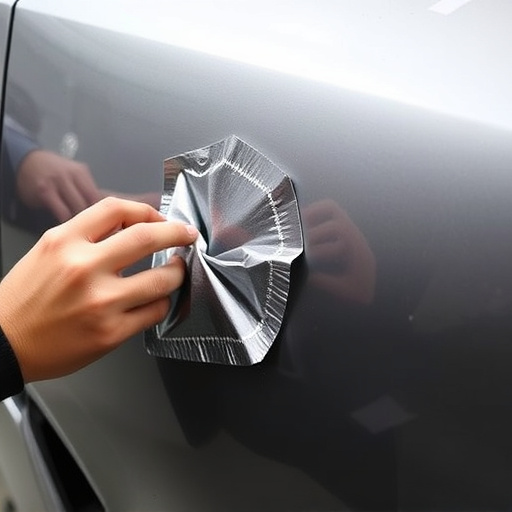
In the context of interior trim repair collision, environmental factors play a significant role in both the severity of damage and the efficiency of restoration processes. To mitigate these effects and streamline interior trim restoration, several strategies can be employed. One key approach is to utilize specialized cleaning solutions designed to remove debris and contaminants without causing further harm to the sensitive materials used in modern vehicles. These eco-friendly products not only ensure a thorough clean but also preserve the integrity of the trim components, facilitating easier repair.
Additionally, controlled climate conditions within the vehicle body shop are essential. Maintaining optimal temperature and humidity levels helps prevent warping or shrinking of interior trim parts during the repair process. This is particularly crucial for materials like leather, vinyl, and fabric, which can be sensitive to rapid changes in environmental conditions. By adopting these mitigating measures, automotive repair services and vehicle body shops can enhance the efficiency of interior trim repair collision, ensuring that vehicles return to their pre-accident condition while minimizing environmental impact.
Environmental factors play a significant role in the complexity and efficiency of interior trim repair collisions. By understanding how climate impacts materials and processes, collision centers can optimize their repair methods. Through effective mitigation strategies, professionals can ensure efficient restoration, maintaining vehicle aesthetics and customer satisfaction. Adapting to these environmental considerations is key to staying ahead in the industry for top-quality interior trim repairs.

